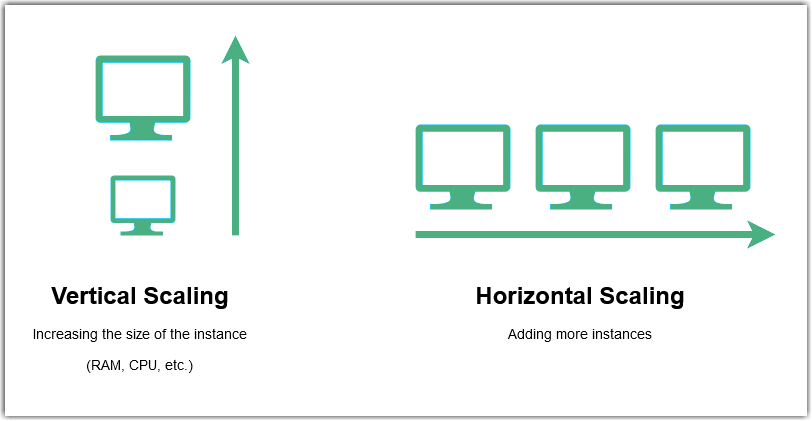Scaling and Sizing
This page provides guidance on scaling and sizing your ZigiOps deployment based on the expected amount of integration data flowing through your integration. Depending on the integration use case and deployment scenario, there are two types of scaling.
Deployment Types
This table provides recommendations on which deployment type to set up for ZigiOps, based on the average amount of expected integration data.
Deployment | Configuration Items | Events per second | Metrics per second | ITSM/DevOps Records per second |
|---|---|---|---|---|
Small | 10000 | 100 | 100 | 100 |
Enterprise | 10000 - 100000 | 200 | 300 | 200 |
Infrastructure Requirements
This table provides recommendations on the required hardware resources based on the selected deployment type.
Deployment | CPU | Memory | Disk |
|---|---|---|---|
Small | Dual-Core Processor (2.8GHz or more) | 4 GB | 10 GB |
Enterprise | Quad-Core Processor (2.8GHz or more) | 8 GB | 20 GB |
Vertical Scaling
Vertical scaling is a way to increase the capacity of a data integration software deployment by adding more resources to the existing servers. This can be done by adding more CPU, memory, or storage.
Horizontal Scaling
Horizontal scaling is a method of increasing the capacity of a data integration software deployment by adding more servers to the deployment. This is done by adding more ZigiOps instances, and then logically distributing the workload across the servers. We recommend horizontal scaling if the actual data exceeds the number of records for the “Enterprise” deployment.

